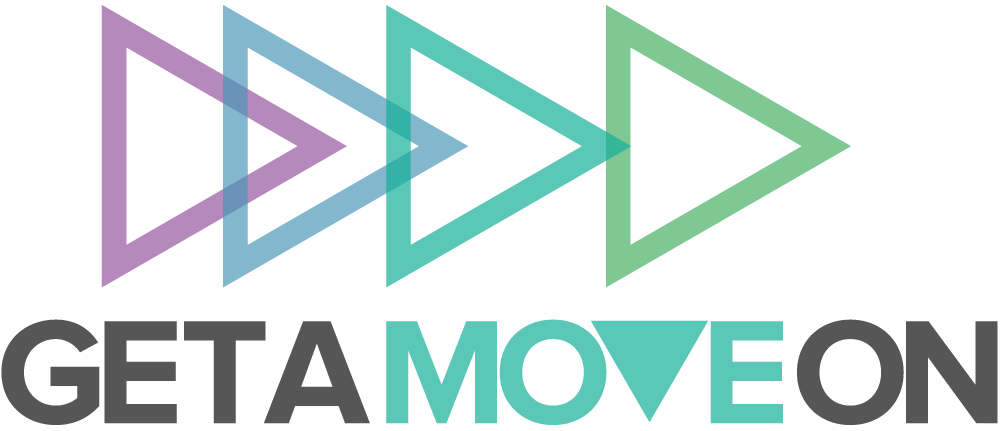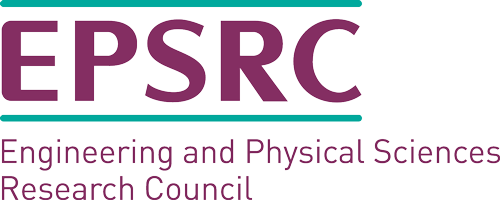FAQs
Answers to questions asked by applicants
Questions about what we’re looking for
Question 1
The application for feasibility funding asks which research challenges we will address and how. Are we expected to pick a specific research challenge to address and shape our application around that, or are we OK to proceed with our own idea, providing it addresses one of the research challenges covered in the report on the research challenges workshop?
Answer
The latter – and in fact there is more leeway: you are free to proceed with your own idea provided it aligns with the GAMO agenda; it just needs to be relevant to one of the research challenges or more broadly relevant to GAMO themes and to furthering the GAMO aims of getting people to move more using digital technologies.
Question 2
In writing the grant, we have identified different interpretations of the questions asked and would be grateful if you could provide more information on the question being asked. The question being interpreted differently is: “250 words max – use this section to explain the GetAMoveOn research challenge(s) that will be addressed by your research project.” Is this question asking for researchers to justify their research question in terms of providing a broad outline for the rationale linked in with the GAMO research challenges, or is it asking why researchers have chosen that specific vision, opportunity and need and what are the theoretical underpinnings to the research, also in line with GAMO research challenges. Or perhaps there is an alternative interpretation?
Answer
The idea for this section is for you to explain how your proposed research will help to further the broader aims of GAMO and where it fits in relation to the challenges scoped out in the symposium workshop report, ThinkPieces etc. – so that would be in line with your first interpretation.
We want to see how your proposed project relates to the GAMO research challenges & broader aims. We acknowledge that in some cases this may seem pretty obvious from the nature of the project, but in others it may be less so, which is why we’re asking people for an explicit statement. If there is room, you could also refer to some of the theoretical underpinnings but that’s not the main purpose of this section.
Additional note: Short-listed applicants should expect to be asked about the theoretical underpinnings of their proposal when they present to the funding panel.
Questions about eligible costs & how to cost team members
Question 3
Would be possible to include Directly Allocated costs for our international partners on the proposed project?
Answer
No. All proposed Co-Investigators must meet the EPSRC criteria for Co-Investigators (see here: https://epsrc.ukri.org/funding/applicationprocess/fundingguide/eligibility/investigators/ ) However, see response to Question 4, second paragraph.
Question 4
We are intending to include non-UK based team members in our application. Is this allowed?
Answer
Yes, but they can’t be costed as a Co-Investigator under Directly Allocated Costs. All proposed Co-Investigators must meet the EPSRC criteria for Co-Investigators (see here: https://epsrc.ukri.org/funding/applicationprocess/fundingguide/eligibility/investigators/ ) which includes being an academic employee of a qualifying UK institution.
However, non-UK-based team members can be included as Visiting Researchers or Consultants (as appropriate), and costed under Directly Incurred Costs ( https://epsrc.ukri.org/funding/applicationprocess/fundingguide/resources/directlyincurredcosts/). EPSRC have adivsed there should be 'strong justification' (e.g. in terms of expertise) for their inclusion.
Question 5
How do I cost the time of members of the project team who do not qualify as P-I or Co-Is?
Answer
You should cost the time of team members who don’t qualify as PI or Co-Is under Directly Incurred Costs (salary/day rate costs for staff on payroll; consultants fees for non-payroll team members under Directly Incurred - other) on Details of Funds Requested form.
See here for the definition of a Co-I: https://epsrc.ukri.org/funding/applicationprocess/fundingguide/eligibility/investigators/
Question 6
Can we include Co-Is whose costs will be met through other funding e.g. match funding?
Answer
Yes, qualifying individuals can be listed as Co-I's even if their time is paid for by other means, such that the cost to the EPSRC /GAMO would be £0.
Other questions about budgeting & financial approval
Question 7
Do we have to include a formal costing output from our finance department?
Answer
Not at this stage.
Question 8
How much detail do we need to include in our costings?
Answer
- Directly incurred – salary/day rate: show breakdown of costs for each individual who is being charged in this category – what % of time + grade & salary for what duration. Include costs of all staff, full or part-time, on the payroll who work on the project, and whose time can be supported by a full audit trail (timesheet/other project record of work on the project to be kept).
- Directly incurred – other costs: breakdown costs under broad headings given by EPSRC:https://epsrc.ukri.org/funding/applicationprocess/fundingguide/resources/directlyincurredcosts/For equipment, break this down into major categories and show what % of actual cost you are requesting (EPSRC rules cascade down to our grants. EPSRC would normally expect to pay 50% https://epsrc.ukri.org/funding/applicationprocess/fundingguide/resources/directlyincurredcosts/). For consultant fees show day-rate & days/week + duration or total days for each individual. Any members of the project team who do not qualify as investigators (PI or CoI – definition here: https://epsrc.ukri.org/funding/applicationprocess/fundingguide/resources/directlyallocatedcosts/) and/or are not on the payroll of either the PI or CoI’s organisation should be costed in this section. For example, investigators from non-UK institutions or non-qualifying UK institutions should be costed in this section as 'visiting researchers'.
- Directly incurred travel/subsistence – please break down into major components/categories e.g. travel/subsistence for GAMO symposium attendance; researcher travel for interviews; designer travel to co-creation sessions – whatever is relevant to your project
- Directly allocated – PI or other academic time – show breakdown for each academic with % of time charged, grade and salary for how long e.g. Name, 10% FTE for project duration (6 months), salary grade X, Spine point Y, £25,000. Include costs of all Principal and Co-investigators working directly on a project, if their time charged to the grant will be based on estimates rather than actual costs. Where costs are actual, auditable and verifiable, they should be included under the Directly Incurred heading.
- Directly allocated – estates, overheads etc. – you can just give a single figure for these to cover your project’s contribution to your organisation’s building and premises costs, basic services and utilities, operational costs etc. – this would normally be calculated by your finance department
- Directly allocated – indirect costs – you can just give a single figure to cover your project’s contribution to your organisation’s administration, personnel, finance, library, departmental services etc. – this would normally be calculated by your finance department
Question 9
How do we demonstrate our finance administrator's approval of our costings?
Answer
We simply ask you to indicate whether your costings have been checked and approved by them with a simple ‘yes’ or ‘no’. Your head of dept. or equivalent has to sign the form to give their approval and we anticipate that they would not wish to approve it if you didn’t already have your finance administrator’s approval.
Questions about who to include in the Applicant Information section
Question 10
Who should we include in the Applicant Information section? Should we list consultants and other team members who don’t qualify as Co-Is?
We want to be able to assess the quality of your proposed team, so you should include the details and credentials of all your core team members in the Applicant Information section on the proposal/application form, even if they don't qualify as PIs or Co-Is, as well as costing them under Directly Incurred costs (if you are requesting funding for them). It is up to you to decide who is a core team member.
You should include the details and credentials of all core team members in the Applicant Information section even if you are not requesting funding for them.
You should include their details in the Applicant Information section as follows:
- Fill out the details of your Lead Applicant and any Co-Applicants (who must qualify as Co-Is see here for criteria: https://epsrc.ukri.org/funding/applicationprocess/fundingguide/eligibility/investigators/ )
- Then directly underneaththeir details, add another heading, ‘Other Team Members’ and/or use appropriate role-based headings for other individual team members (such as Visiting Researcher, Clinical Advisor, App Developer, Community Liaison Manager etc.) and include the same information as for Lead Applicants and Co-Applicants.
Miscellaneous questions
Question 11
Can the Vision, Opportunity and Need section be edited at all or does it have to be word for word the same as the Intention to Submit?
Answer
You can edit it.
Question 12
Will the Vision, Opportuity and Need section be peer reviewed?
Answer
Yes, in the sense that the whole proposal will be assessed by the reviewers/panel, but this section is essentially a summary/overview/abstract of the proposal, so the real ‘meat’ of the content is in the other sections. We would expect the other sections to include detail that is not necessarily in the Vision/Opportunity/Need section.
Question 13
Do full references count towards the word count?
Answer
No, you can include references in addition to the word count in a section.







